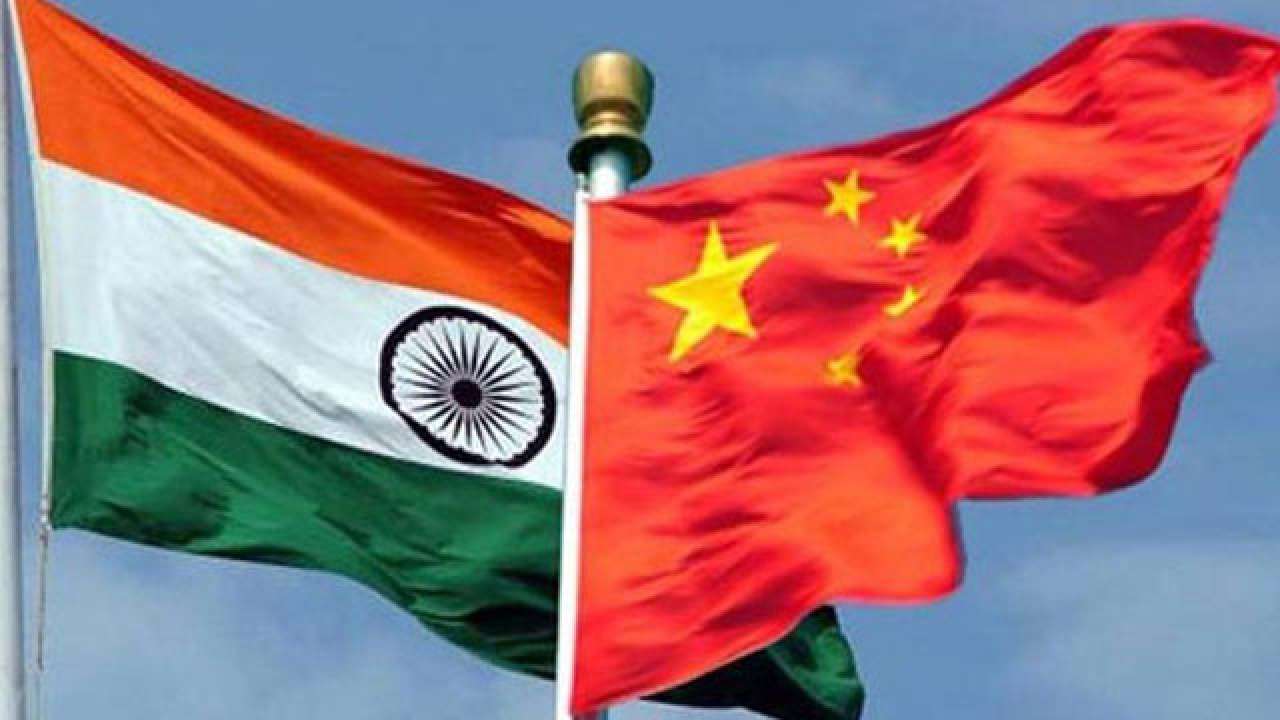A very good news has trickled in which would make Indian happy. A very bad news at that for the Lutyens club and Rahul Gandhi’s eco-system.
The Chinese have moved back 1-2 km from locations where disengagement was agreed upon. They are removing tents and structures at the site (Patrol Point 14) where Galwan Valley clash took place.

This comes after Prime Minister Narendra Modi’s interaction on Friday with Indian Army, Air Force and ITBP personnel in Leh. PM Modi gave a thunderous speech asserting India’s sovereignty and indirectly hitting out at China’s imperialistic policies.
Well, the Chinese have moved back, but can we trust them? They have deceived us in 1962 (Indo-China War), 1967 (Battle of Sikkim), 2017 (Doklam standoff) and 2020 (Galwan valley faceoff), despite India’s lobbying for China’s UNSC seat in 1950s.
Not only this, China has been against India on each and every international fora. From opposing recognition of Masood Azhar as a global terrorist to supporting Pakistan on Kashmir issue, China has opposed India.
They also have been assertive in stopping NSG membership of India and its candidature for UNSC permanent seat to name a few.
Keeping these factors in mind, many experts recommend India to change its foreign policy vis-a-vis China. They are of the view that India should exploit Chinese faultlines.
But, is it advisable for India to engage itself in a conventional war or partial war like Kargil with China? If it does, it would have adverse effects on its military, economic and human capital.
So, what are the alternatives for India to humiliate China? It can achieve a lot without firing a bullet. It can create problem for Beijing in South China Sea by exploiting the Chinese faultlines with the aide of a reformative foreign policy.
What are those faultlines?
Taiwan has been vehemently opposing China’s consistent efforts to bring the country under its control by any means including by force.
India could do well to recognise Taiwan’s sovereignty as an independent nation and lobby for them in the UN especially among Quad and FiveEyes country. In return, New Delhi could seek their cooperation to recognise PoK and Aksai-Chin as a part of India.

Besides having economic and technological engagements, India can support Taiwan politically, which could be utilised as a bargaining power whenever India engages with China at the borders. For example – If the Chinese sell arms to Pakistan in a big way, India would the same number of arms to Taiwan.
India can also provide security to Taiwan with the help of the United States of America, which is having a very good relations with it, thanks to the bonhomie between PM Modi and President Donald Trump.
Hong Kong and Xinjiang are the two faultlines of China.
India should support the democratic movement in Hong Kong and raise voice against human rights violations in the Chinese province of Xinjiang. Beijing has faced growing international criticism pointing towards mass detention camps holding more than 1 million ethnic Uyghurs.
India should also raise voice at world fora for freeing Tibet from the shackles of China and supporting self-rule for Tibetans.
Given the isloation of China at world stage for its mishandling of Coronavirus pandemic, it is an opportune time for India to go with this flow and don’t waste time in expecting good behavior from the Dragon country, keeping in view its broken promises in the past.
India has to work in the direction of taking a lead role in the QUAD to counter China’s imperialistic ambitions.
Another step is giving China an economic jolt, which has already been done by Modi government by banning 59 of its apps and canceling railways and other projects, besides making it difficult for the Chinese companies to buy off Indian firms by bringing in amendments in FDI norms, concerning neighbouring countries of India.
These steps are necessary to protect the integrity of the nation as was done by our brave soldiers who were martyred in Galwan valley faceoff.
Can we allow their sacrifice to go in vain? What do you think?





